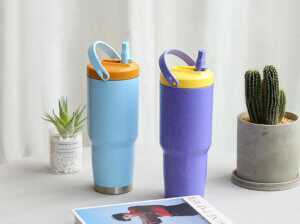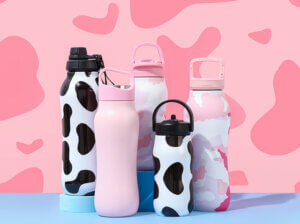Stanley’s new Quencher tumbler has taken the world by storm, sparking a new trend. However, recent negative comments on social media have raised concerns about lead poisoning in Stanley cups. Users testing the bottom of Stanley water bottles claimed to detect lead, a toxic substance that can pose harm to human health.
Do Stanley Cups Have Lead?
Stanley swiftly responded to the issue, explaining, “Our manufacturing process currently employs the use of an industry-standard pellet to seal the vacuum insulation at the base of our products; the sealing material includes some lead. Once sealed, this area is covered with a durable stainless steel layer, making it inaccessible to consumers. Rest assured that no lead is present on the surface of any Stanley product that comes into contact with the consumer nor the contents of the product.”
Despite Stanley’s explanation, ordinary consumers may still have doubts about whether Stanley’s insulated cups could potentially harm human health. This article aims to provide a detailed explanation.
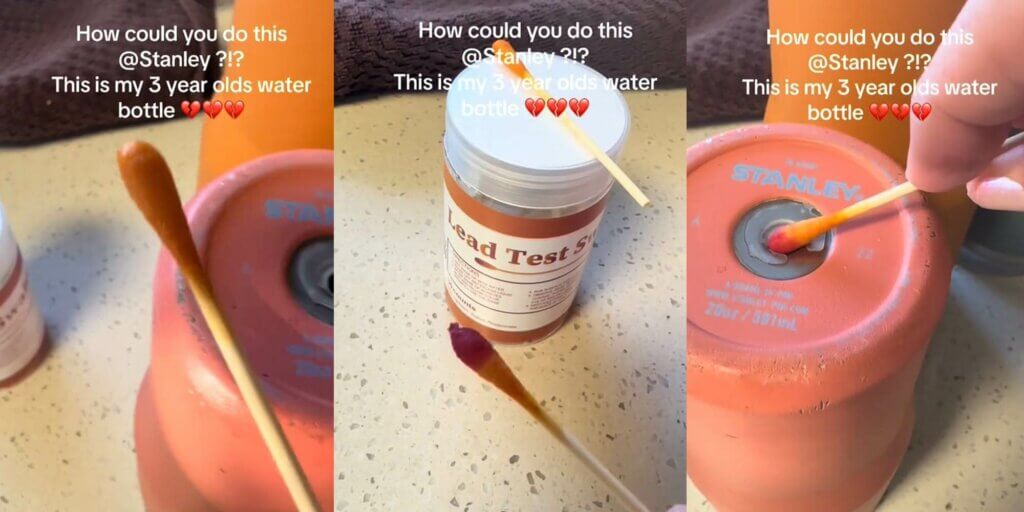
Why Water Bottles May Contain Lead
Insulated bottles utilize the principle of thermal insulation to maintain temperature. Thermal conduction is thwarted by a double-layer vacuum structure that prevents heat transfer. To seal the vacuum layer into stainless steel bottles, a crucial welding process is employed at the bottom of each insulated bottle.
Typically, specialized stainless steel welding techniques are used to seal the bottom of the bottle. Specially designed welding materials are employed to seal the bottom of the bottle. During the subsequent vacuuming process, this material melts to seal within the vacuum layer, which is then covered with a layer of durable stainless steel to ensure the strength and corrosion resistance of the weld.
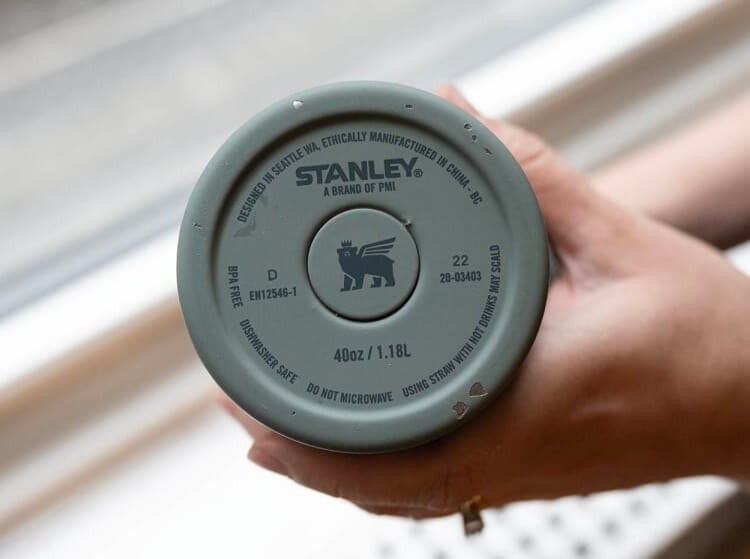
Health Implications of Lead
Lead can enter the body rapidly through the skin, mouth, or nose. It is a potent neurotoxin that can significantly impact human health, causing damage to the nervous system, lack of concentration, and affecting the brain and kidneys. Lead exposure is particularly harmful to children, causing developmental and behavioral problems even at low levels of exposure.
From a technical perspective, Stanley’s water bottle does indeed contain lead, but it is sealed within stainless steel, preventing both consumers and the product contents from coming into direct contact with it. Unless the bottle is damaged, leading to the detachment of the sealing layer, there is a potential risk of skin exposure to lead. Additionally, lead may leach into stored water or liquids, especially in the area in contact with the welded point.
However, it’s essential not to be easily swayed by online sentiments. Generally speaking, as long as the bottom remains intact, humans won’t come into contact with lead. Moreover, established brands like Stanley provide corresponding warranty policies. Therefore, in the extremely rare event of the bottom sealing layer detaching, it is advisable to discontinue use immediately and contact the brand for a replacement.
To guarantee safety, it is advisable to choose reputable brands when purchasing stainless steel water bottles, review product manuals to understand material compositions and avoid products with unclear origins or questionable quality. Regular cleaning and maintenance of water bottles are also crucial steps to minimize potential lead contamination.
Before this incident, the majority of water bottle brands used cost-effective lead seals. This lead incident could lead to an upgrade in the water bottle manufacturing industry, which is a positive development.
Welding Materials: Lead vs. Lead-Free
Welding materials can be categorized into leaded and lead-free solders. Leaded solders are more cost-effective as lead is much cheaper than alternative alloys. For cost-conscious manufacturers, opting for economically viable leaded solders may be an attractive choice. This may explain Stanley’s decision to use leaded solder.
Lead-free solder materials typically incur higher costs compared to leaded solder materials because their production involves additional materials and processing. Apart from the initial cost of the solder, the use of lead-free solder may also result in additional expenses. The higher melting temperature can contribute to increased equipment wear and higher energy costs. Therefore, if the manufacturer chooses to use the higher-cost lead-free solder materials, the factory must also invest in vacuum sealing equipment that has not been previously used with leaded solder, further contributing to an overall higher cost.
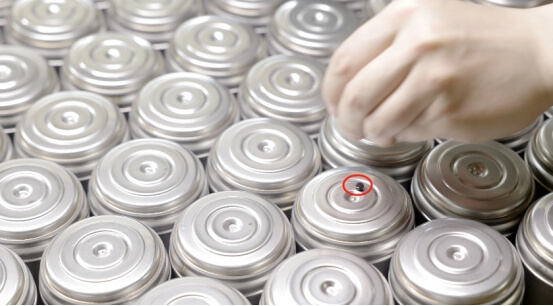
Lead-Free Manufacturing Process for Water Bottles
Everich, a Chinese water bottle factory capable of manufacturing lead-free water bottles, emphasizes the use of harmless materials and processes that adhere to hygiene and safety standards. Stainless steel and food-grade plastics are considered safer alternatives, and lead-free soldering materials are used to reduce the risk of lead contamination. This approach ensures that Everich’s stainless steel water bottles are safe and environmentally friendly. Our water bottle factory has already implemented lead-free vacuum sealing production lines. If you have any questions about your project, feel free to reach out to us.

